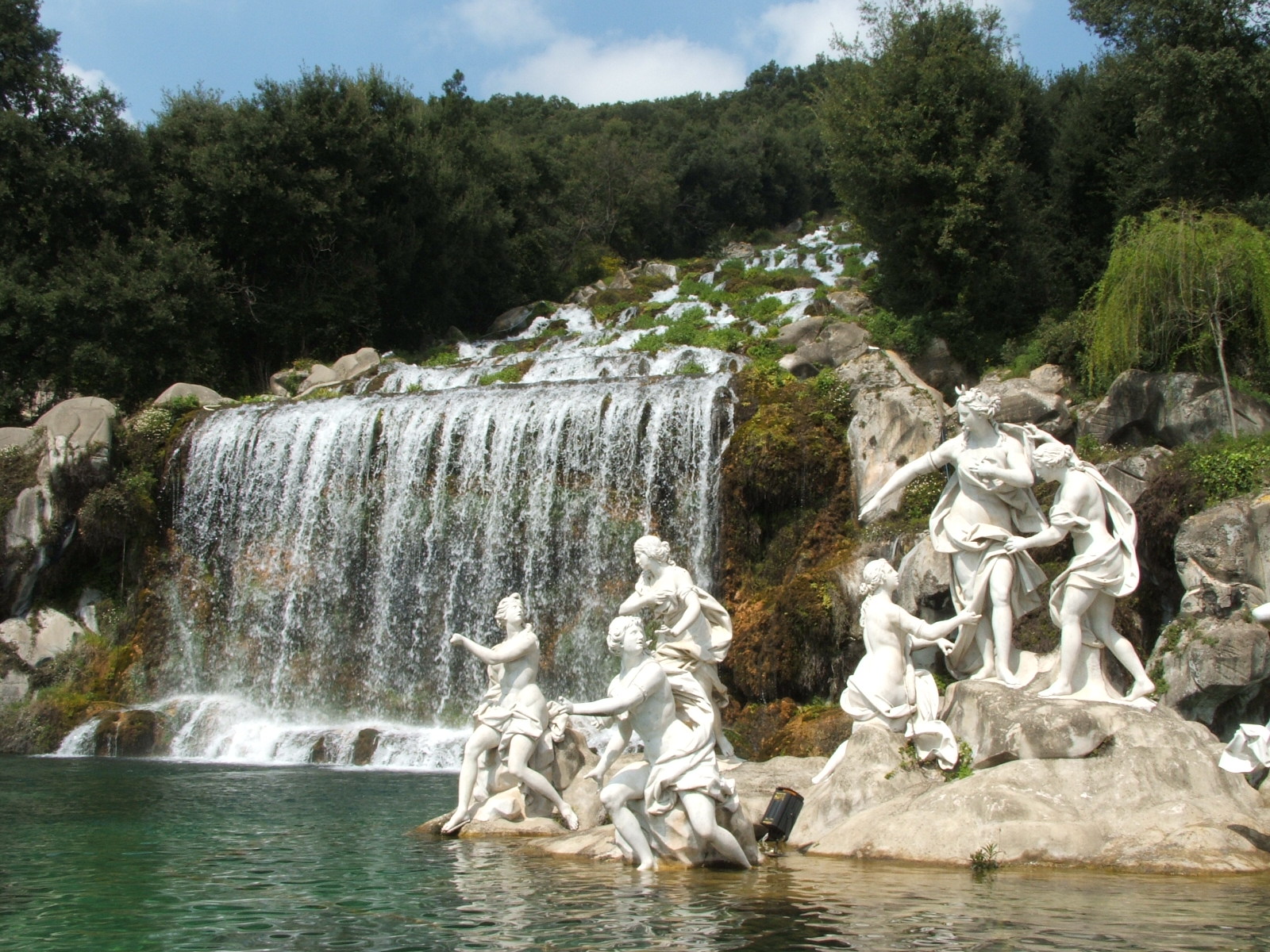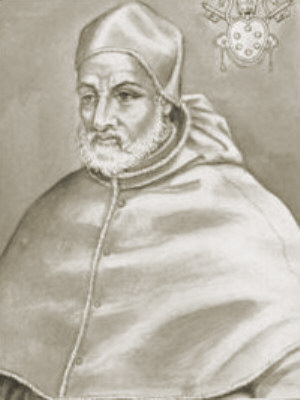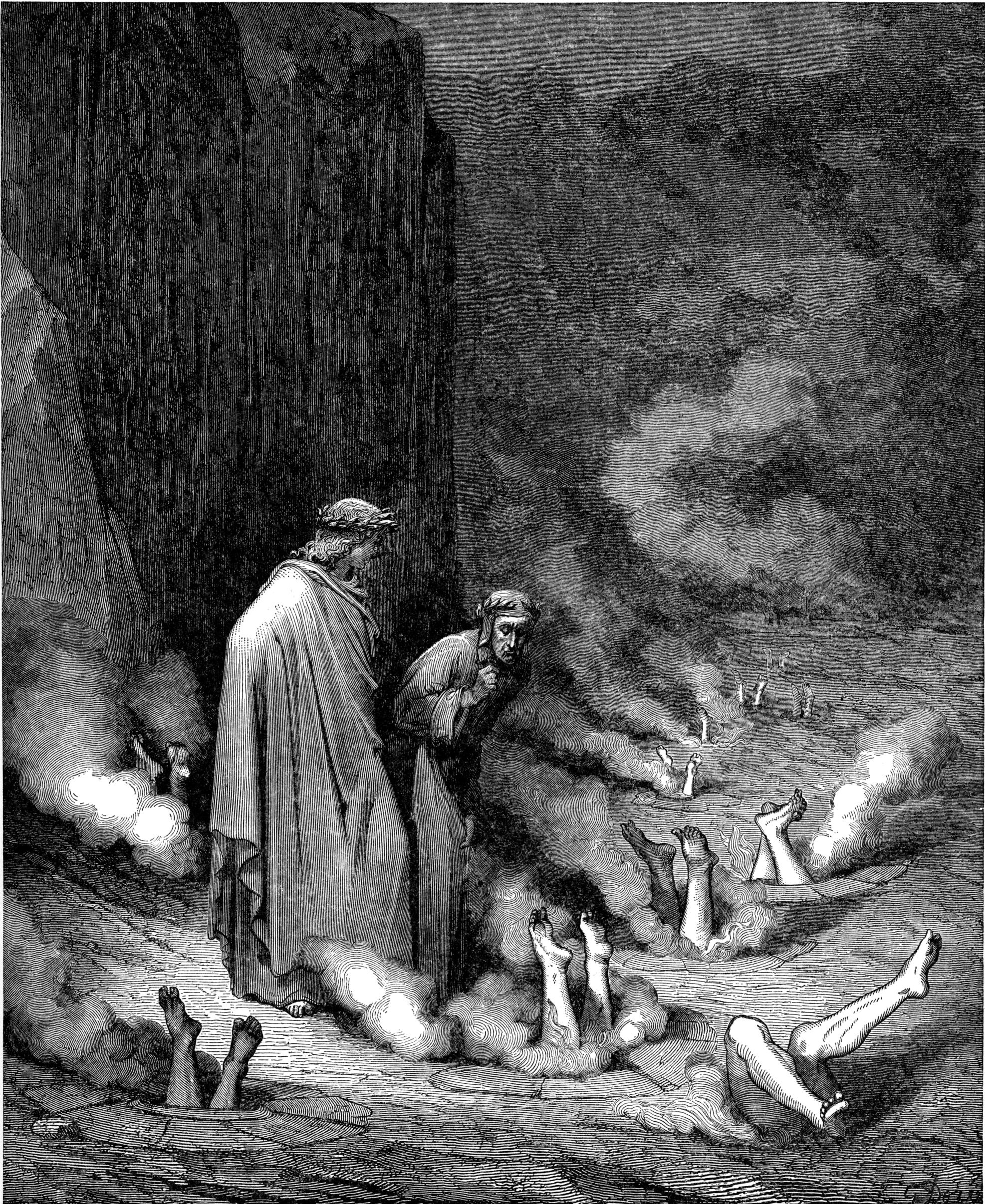|
Villa D'Este
The Villa d'Este is a 16th-century villa in Tivoli, near Rome, famous for its terraced hillside Italian Renaissance garden and especially for its profusion of fountains. It is now an Italian state museum, and is listed as a UNESCO World Heritage Site. History The Villa was commissioned by Cardinal Ippolito II d'Este (1509–1572), second son of Alfonso I d'Este, the Duke of Ferrara and grandson of Pope Alexander VI through his mother Lucrezia Borgia. The Este family had been lords of Ferrara since 1393, and were famous as patrons of the arts and of the humanist scholars of the Renaissance. As a second son, Ippolito was destined for a career in the church; he was named archbishop of Milan when he was only ten years old. At the age of 27, he was sent to the French court, where he became an advisor to the French King, Francis I, and in 1540 became a member of the King's Private Council. At the age of thirty, at the request of the King, Pope Paul III made d'Este a cardinal. Thanks ... [...More Info...] [...Related Items...] OR: [Wikipedia] [Google] [Baidu] |
Tivoli, Lazio
Tivoli ( , ; la, Tibur) is a town and in Lazio, central Italy, north-east of Rome, at the falls of the Aniene river where it issues from the Sabine hills. The city offers a wide view over the Roman Campagna. History Gaius Julius Solinus cites Cato the Elder's lost ''Origines'' for the story that the city of Tibur was founded by Catillus the Arcadian, a son of Amphiaraus, who came there having escaped the slaughter at Thebes, Greece. Catillus and his three sons Tiburtus, Coras, and Catillus drove out the Siculi from the Aniene plateau and founded a city they named Tibur in honor of Tiburtus. According to another account, Tibur was a colony of Alba Longa. Historical traces of settlement in the area date back to the thirteenth century BC. ''Tibur'' may share a common root with the river Tiber and the Latin praenomen ''Tiberius (praenomen), Tiberius''. From Etruscans, Etruscan times Tibur, a Sabine city, was the seat of the Tiburtine Sibyl. There are two small temples abov ... [...More Info...] [...Related Items...] OR: [Wikipedia] [Google] [Baidu] |
Reformation
The Reformation (alternatively named the Protestant Reformation or the European Reformation) was a major movement within Western Christianity in 16th-century Europe that posed a religious and political challenge to the Catholic Church and in particular to papal authority, arising from what were perceived to be errors, abuses, and discrepancies by the Catholic Church. The Reformation was the start of Protestantism and the split of the Western Church into Protestantism and what is now the Roman Catholic Church. It is also considered to be one of the events that signified the end of the Middle Ages and the beginning of the early modern period in Europe.Davies ''Europe'' pp. 291–293 Prior to Martin Luther, there were many earlier reform movements. Although the Reformation is usually considered to have started with the publication of the '' Ninety-five Theses'' by Martin Luther in 1517, he was not excommunicated by Pope Leo X until January 1521. The Diet of Worms of May 152 ... [...More Info...] [...Related Items...] OR: [Wikipedia] [Google] [Baidu] |
House Of Este
The House of Este ( , , ) is a European dynasty of North Italian origin whose members ruled parts of Italy and Germany for many centuries. The original House of Este's elder branch, which is known as the House of Welf, included dukes of Bavaria and of Brunswick. This branch produced Britain's Hanoverian monarchs, as well as one Emperor of Russia (Ivan VI) and one Holy Roman Emperor (Otto IV). The original House of Este's younger branch, which is simply called the House of Este, included rulers of Ferrara (1240–1597), and of Modena (–1859) and Reggio (1288–1796). This branch's male line became extinct with the death of Ercole III in 1803. Origins According to Edward Gibbon, the family originated from the Roman Attii family, which migrated from Rome to EsteThe miscellaneous Works of Edward Gibbon Vol 3 page 172 to defend Italy against the Ostrogoths. However, there is little evidence to support this hypothesis. The names of the early members of the family indicate that ... [...More Info...] [...Related Items...] OR: [Wikipedia] [Google] [Baidu] |
Alberto Galvani
The Villa d'Este is a 16th-century villa in Tivoli, near Rome, famous for its terraced hillside Italian Renaissance garden and especially for its profusion of fountains. It is now an Italian state museum, and is listed as a UNESCO World Heritage Site. History The Villa was commissioned by Cardinal Ippolito II d'Este (1509–1572), second son of Alfonso I d'Este, the Duke of Ferrara and grandson of Pope Alexander VI through his mother Lucrezia Borgia. The Este family had been lords of Ferrara since 1393, and were famous as patrons of the arts and of the humanist scholars of the Renaissance. As a second son, Ippolito was destined for a career in the church; he was named archbishop of Milan when he was only ten years old. At the age of 27, he was sent to the French court, where he became an advisor to the French King, Francis I, and in 1540 became a member of the King's Private Council. At the age of thirty, at the request of the King, Pope Paul III made d'Este a cardinal. Th ... [...More Info...] [...Related Items...] OR: [Wikipedia] [Google] [Baidu] |
Jeux D'eau
''Jeux d'eau'' (Italian ''giochi d'acqua'') or "water games", is an umbrella term in the history of gardens for the water features that were introduced into mid-16th century Mannerist Italian gardens. History Pools and fountains had been a feature from Roman times, but hydraulic engineers first took full advantage of characteristic sloping sites of villas in the hills surrounding Lazio, where there was copious available water. Giacomo Barozzi da Vignola's ''catene d'aqua'' ( water chains) and water stairs, fountains, cascades, jets, pools and canals at Villa Farnese at Caprarola and Villa Lante at Bagnaia led the way. At Villa Lante a rill of water flows down the center of a stone picnic table. French 16th-century gardens in the Ile-de-France were generally in flat terrain that did not lend itself to elaborate ''jeux d'eau.'' Fountains, ''bassins'' (pools in raised basins) and canals were more typical of French water features. For the ''jeux d'eau'' at Versailles, a wate ... [...More Info...] [...Related Items...] OR: [Wikipedia] [Google] [Baidu] |
Pope Pius IV
Pope Pius IV ( it, Pio IV; 31 March 1499 – 9 December 1565), born Giovanni Angelo Medici, was head of the Catholic Church and ruler of the Papal States from 25 December 1559 to his death in December 1565. Born in Milan, his family considered itself a branch of the House of Medici and used the same coat of arms. Although modern historians have found no proof of this connection, the Medici of Florence recognized the claims of the Medici of Milan in the early 16th century. Pope Paul III appointed Medici Archbishop of Ragusa, and sent him on diplomatic missions to Germany and Hungary. He presided over the final session of the Council of Trent. His nephew, Cardinal Charles Borromeo, was a close adviser. As pope, Pius IV initiated a number of building projects in Rome, including one to improve the water supply. Life Early life Giovanni Angelo Medici was born in Milan on 31 March 1499 as the second of eleven children to Bernardino Medici and Clelia Serbelloni. Giovanni Medici was ... [...More Info...] [...Related Items...] OR: [Wikipedia] [Google] [Baidu] |
Paul IV
Pope Paul IV, born Gian Pietro Carafa, C.R. ( la, Paulus IV; it, Paolo IV; 28 June 1476 – 18 August 1559) was head of the Catholic Church and ruler of the Papal States from 23 May 1555 to his death in August 1559. While serving as papal nuncio in Spain, he developed an anti-Spanish outlook that later coloured his papacy. In response to an invasion of part of the Papal States by Spain during his papacy, he called for a French military intervention. After a defeat of the French and with Spanish troops at the edge of Rome, the Papacy and Spain reached a compromise: French and Spanish forces left the Papal States and the Pope thereafter adopted a neutral stance between France and Spain. Carafa was appointed bishop of Chieti, but resigned in 1524 in order to found with St. Cajetan the Congregation of Clerics Regular (Theatines). Recalled to Rome, and made Archbishop of Naples, he worked to re-organize the Inquisitorial system in response to the emerging Protestant movement ... [...More Info...] [...Related Items...] OR: [Wikipedia] [Google] [Baidu] |
Simony
Simony () is the act of selling church offices and roles or sacred things. It is named after Simon Magus, who is described in the Acts of the Apostles as having offered two disciples of Jesus payment in exchange for their empowering him to impart the power of the Holy Spirit to anyone on whom he would place his hands. The term extends to other forms of trafficking for money in "spiritual things". Origin The purchase or sale of ecclesiastical office was condemned from the fifth century, but it was only in the sixth century that it was associated with the figure of Simon Magus in the Book of Acts. Key in making this association was Pope Gregory I, who labelled such exchanges as the "simoniac heresy". Simony in the Middle Ages Although considered a serious offense against canon law, simony is thought to have become widespread in the Catholic Church during the 9th and 10th centuries. In the eleventh century, it was the focus of a great deal of debate. Central to this debat ... [...More Info...] [...Related Items...] OR: [Wikipedia] [Google] [Baidu] |
Pirro Ligorio
Pirro Ligorio ( October 30, 1583) was an Italian architect, painter, antiquarian, and garden designer during the Renaissance period. He worked as the Vatican's Papal Architect under Popes Paul IV and Pius IV, designed the fountains at Villa d’Este at Tivoli for Cardinal Ippolito II d’Este, and served as the Ducal Antiquary in Ferrara. Ligorio emphasized and showed a deep passion for classical Roman antiquity. Early life and career Due to lack of accurate documentation, very little is known about the first three decades of Ligorio's life. It is estimated that he was born in Naples, Italy, in 1512 or 1513 while the city was still under Spanish rule. His parents, Achille and Gismunda Ligorio, were rumored to be members of the noble class in Seggio di Portanova, a section of Naples. Around age twenty, Pirro Ligorio left the tumultuous and poverty-stricken city of Naples to pursue a more flourishing livelihood in Rome. The city was home to a thriving art community, especially und ... [...More Info...] [...Related Items...] OR: [Wikipedia] [Google] [Baidu] |
Benedictine
, image = Medalla San Benito.PNG , caption = Design on the obverse side of the Saint Benedict Medal , abbreviation = OSB , formation = , motto = (English: 'Pray and Work') , founder = Benedict of Nursia , founding_location = Subiaco Abbey , type = Catholic religious order , headquarters = Sant'Anselmo all'Aventino , num_members = 6,802 (3,419 priests) as of 2020 , leader_title = Abbot Primate , leader_name = Gregory Polan, OSB , main_organ = Benedictine Confederation , parent_organization = Catholic Church , website = The Benedictines, officially the Order of Saint Benedict ( la, Ordo Sancti Benedicti, abbreviated as OSB), are a monastic religious order of the Catholic Church following the Rule of Saint Benedict. They are also sometimes called the Black Monks, in reference to the colour of their religious habits. They ... [...More Info...] [...Related Items...] OR: [Wikipedia] [Google] [Baidu] |
Hadrian
Hadrian (; la, Caesar Trâiānus Hadriānus ; 24 January 76 – 10 July 138) was Roman emperor from 117 to 138. He was born in Italica (close to modern Santiponce in Spain), a Roman ''municipium'' founded by Italic settlers in Hispania Baetica and he came from a branch of the gens Aelia that originated in the Picenean town of Hadria, the ''Aeli Hadriani''. His father was of senatorial rank and was a first cousin of Emperor Trajan. Hadrian married Trajan's grand-niece Vibia Sabina early in his career before Trajan became emperor and possibly at the behest of Trajan's wife Pompeia Plotina. Plotina and Trajan's close friend and adviser Lucius Licinius Sura were well disposed towards Hadrian. When Trajan died, his widow claimed that he had nominated Hadrian as emperor immediately before his death. Rome's military and Senate approved Hadrian's succession, but four leading senators were unlawfully put to death soon after. They had opposed Hadrian or seemed to threaten his s ... [...More Info...] [...Related Items...] OR: [Wikipedia] [Google] [Baidu] |


.jpg)





